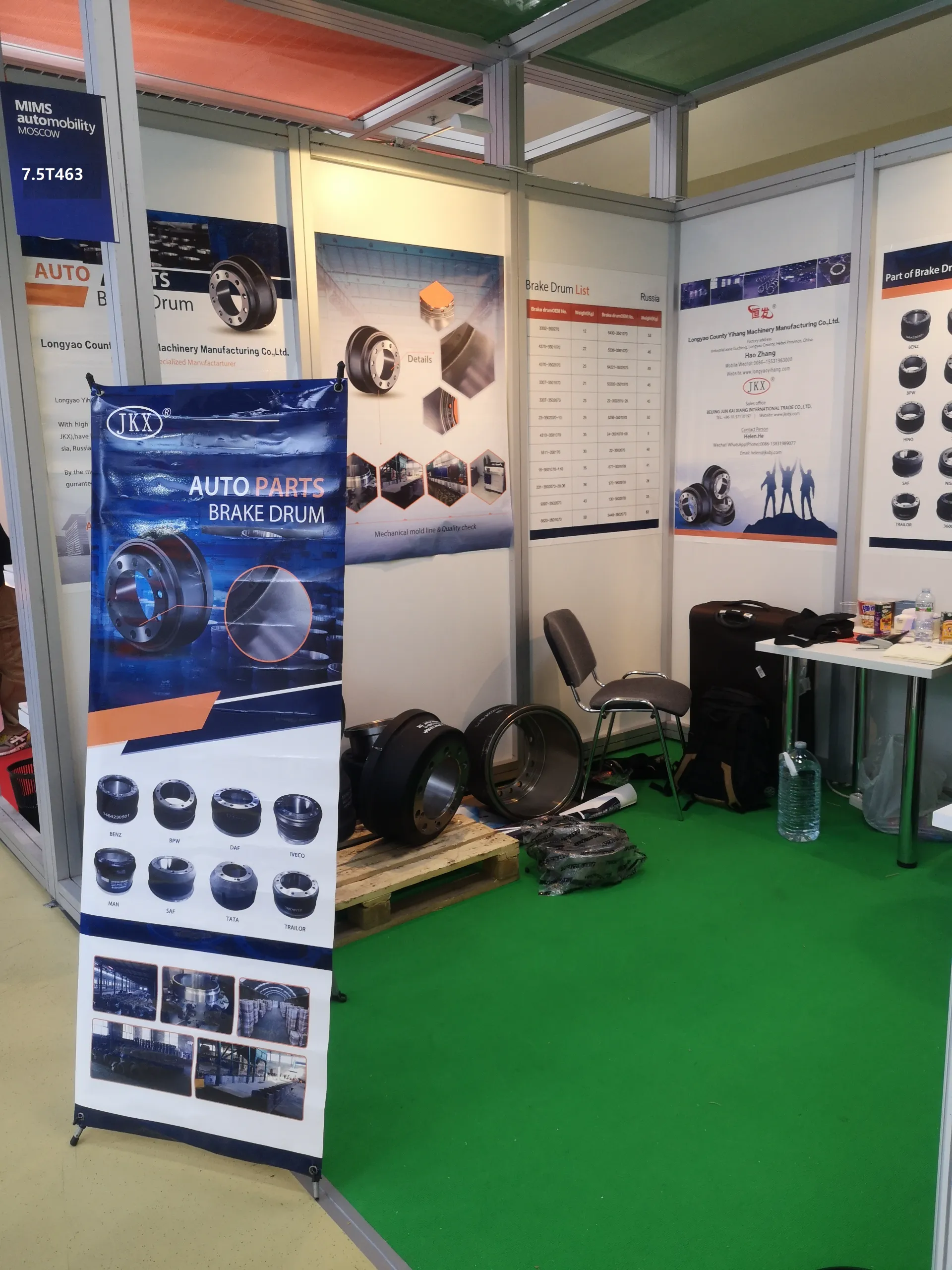Sep . 16, 2024 15:40 Back to list
brake drum parts names
Understanding Brake Drum Parts A Comprehensive Overview
Brake drums are essential components of a vehicle's braking system, particularly in older models and in certain types of vehicles such as trucks and buses. Understanding the various parts of a brake drum can help vehicle owners and maintenance professionals ensure proper function and safety. Here, we delve into the primary parts of a brake drum and their functions.
1. Brake Drum
At the heart of the system is the brake drum itself, which is typically made from cast iron or aluminum. The brake drum provides a surface for the brake shoes to press against, creating friction to slow down or stop the vehicle. Its cylindrical shape allows it to rotate along with the wheel, making it a pivotal part of the braking mechanism.
2. Brake Shoes
The brake shoes are curved friction materials that press against the inside of the brake drum when the brakes are applied. They are typically made of a metal backing plate covered with a friction lining. The design of the brake shoes allows for a larger surface area to come into contact with the drum, providing effective stopping power. Over time, the friction lining can wear down, necessitating replacement for optimal performance.
3. Wheel Cylinder
The wheel cylinder is a hydraulic component that converts the force from the brake pedal into mechanical force. When the brake pedal is pressed, brake fluid is pushed into the wheel cylinder, causing it to expand. This expansion pushes the brake shoes outward against the inside of the drum, creating friction that helps stop the vehicle. Proper function of the wheel cylinder is crucial for effective braking.
brake drum parts names

4. Return Springs
Once the brakes are released, return springs play a vital role by pulling the brake shoes back to their resting position. These springs ensure that the brake shoes do not stay in contact with the drum, preventing unnecessary wear and overheating. A properly functioning return spring is essential for maintaining good brake response.
5. Adjuster
The adjuster is a mechanism that automatically compensates for wear on the brake shoes. As the lining wears down, the adjuster moves the shoes closer to the drum to maintain optimal braking performance. This is crucial for ensuring that the brakes engage effectively, even as the components age.
6. Brake Drum Liners
Sometimes, the interior surface of the brake drum can be lined with additional material to enhance performance or to repair damaged drums. These liners help to ensure an even wear pattern for the brake shoes, extending their lifespan and improving braking effectiveness.
Conclusion
Understanding the various parts of the brake drum system is essential for anyone involved in vehicle maintenance or repair. Each component, from the brake drum to the wheel cylinder, plays a specific role that ultimately contributes to the vehicle's safety and performance. Regular inspection and maintenance of these parts can help ensure reliable braking, enhance vehicle longevity, and promote safe driving practices. Whether you are a car enthusiast or simply a responsible vehicle owner, knowing the function and importance of brake drum parts is key to ensuring your vehicle is safe on the road.
-
Scania Brake Drums: OEM Quality for Optimal Safety & Durability
NewsAug.16,2025
-
R.V.I: Advanced Remote Visual Inspection for Precision
NewsAug.15,2025
-
Discover HYUNDA: Innovative Vehicles, Equipment & Solutions
NewsAug.14,2025
-
R.V.I: Unlock Advanced Insights & Real-time Performance
NewsAug.13,2025
-
Kamaz Brake Drum: Durable & Reliable for Heavy Duty Trucks
NewsAug.12,2025
-
Heavy Duty Iveco Brake Drum - Premium Quality & Safety
NewsAug.11,2025
